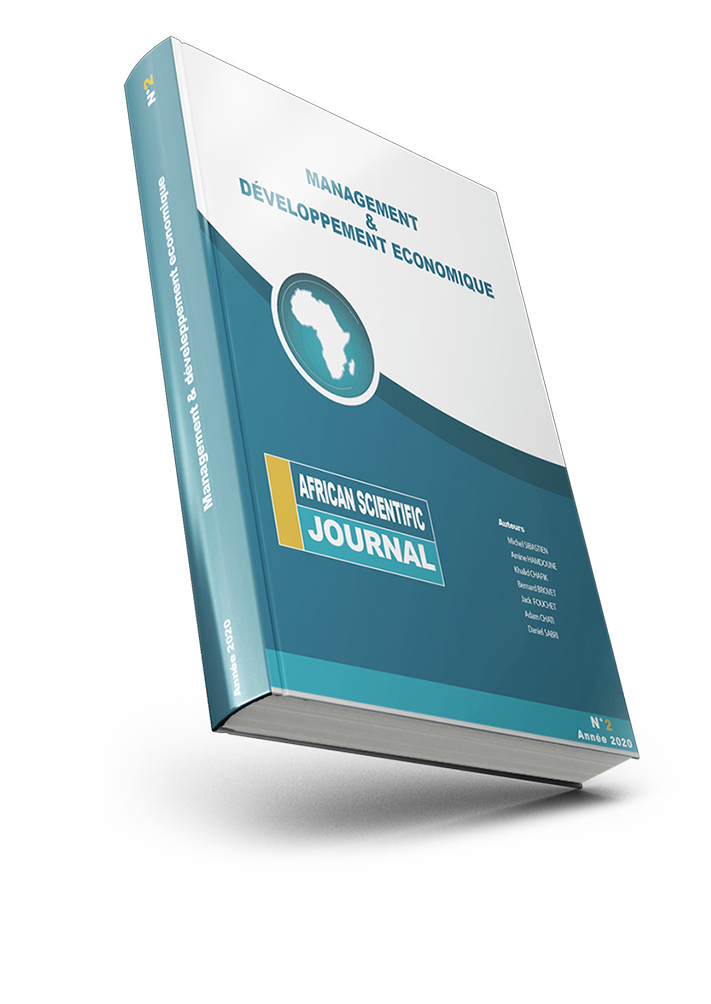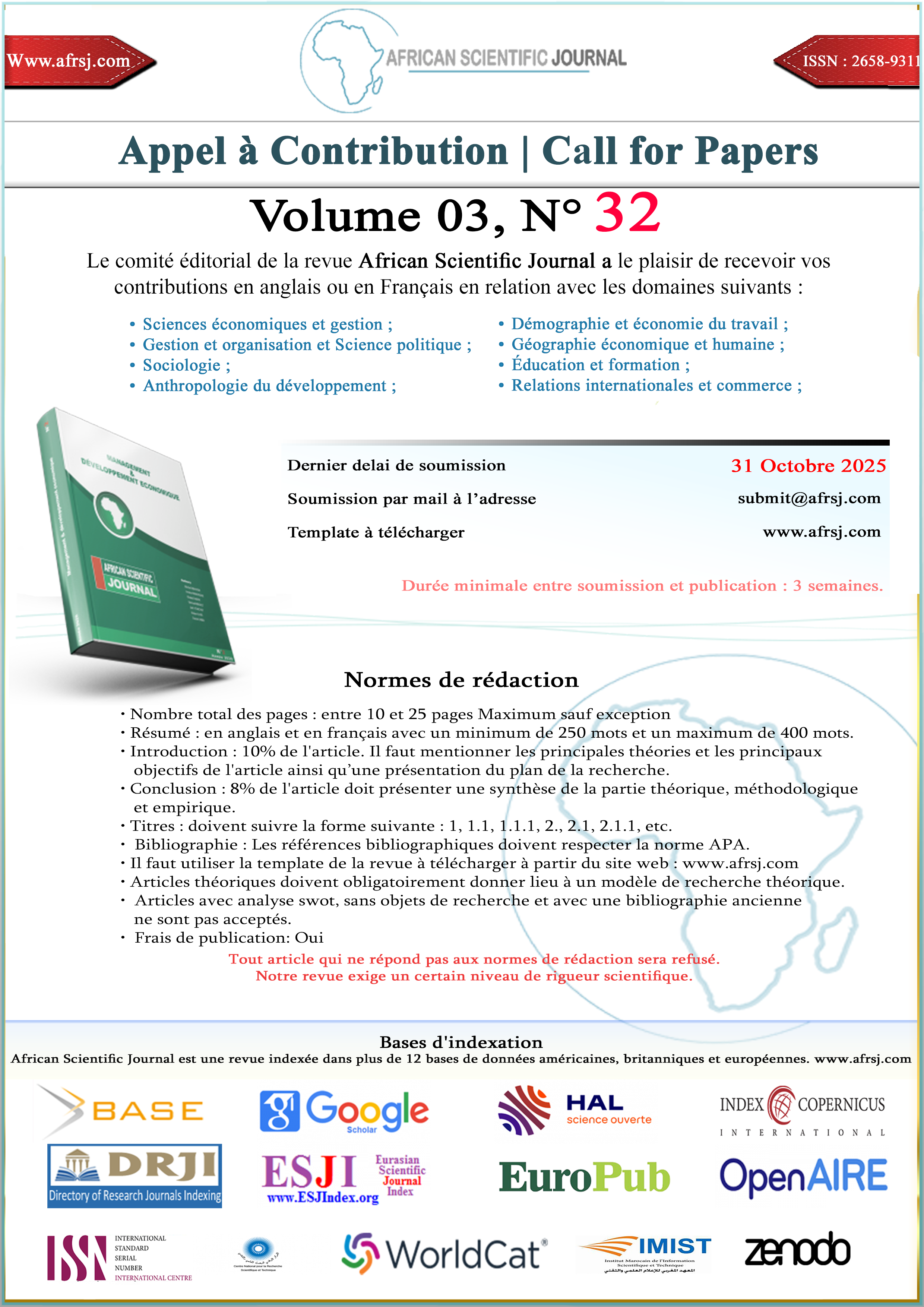The pertinence of the financial instruments introduced for the financing of Moroccan companies
DOI:
https://doi.org/10.5281/zenodo.7944404Keywords:
New financial instruments, financing, demand for new characteristics, Moroccan companiesAbstract
In order to improve the financing of Moroccan companies, the regulatory authorities introduced new financial instruments towards the end of the 1990s. These are the instruments listed in Law 17-95, including convertible bonds, redeemable bonds, double voting rights shares, priority shares without voting rights, investment certificates, and voting rights certificates.
These instruments offer companies alternative financing options to traditional financing methods such as bank loans, which impose high intermediation rates and require significant collateral. Prior to this, only two direct financing modalities were available to companies for their financing needs, namely bonds and shares. However, the former were the prerogative of the state and the latter were deemed inappropriate given the specificities of Moroccan companies.
It is in consideration of these specificities that these new financing modalities were implemented to cater to the preferences of Moroccan companies, which are characterized by the family structure of their capital. This initiative is in line with Lancaster's theory of demand for new characteristics, which suggests that the design or introduction of new financial products is a response to the demand of users who desire new and specific characteristics
However, the relevance of these new financial instruments dedicated to the financing of Moroccan companies remains an interesting subject of debate. In this article, we will examine the suitability and relevance of these instruments. To do so, we have analyzed the characteristics of these new financing possibilities, considering their advantages as well as their contributions to improving the financing of companies.
Downloads
Published
How to Cite
Issue
Section
License
Copyright (c) 2023 African Scientific Journal

This work is licensed under a Creative Commons Attribution-NonCommercial-NoDerivatives 4.0 International License.





















